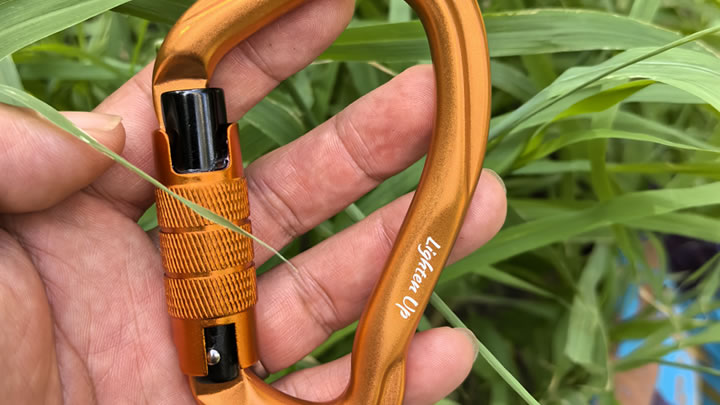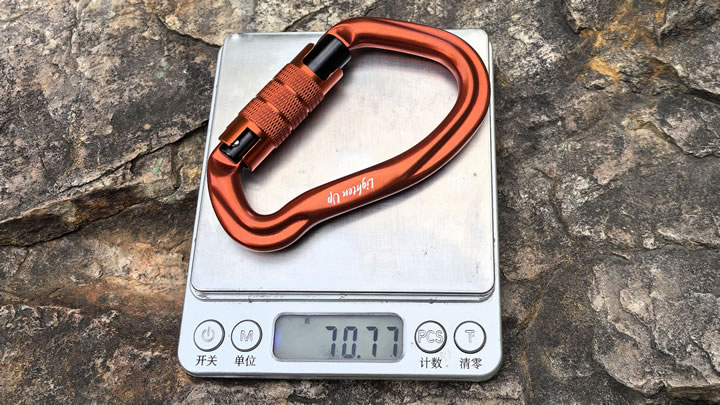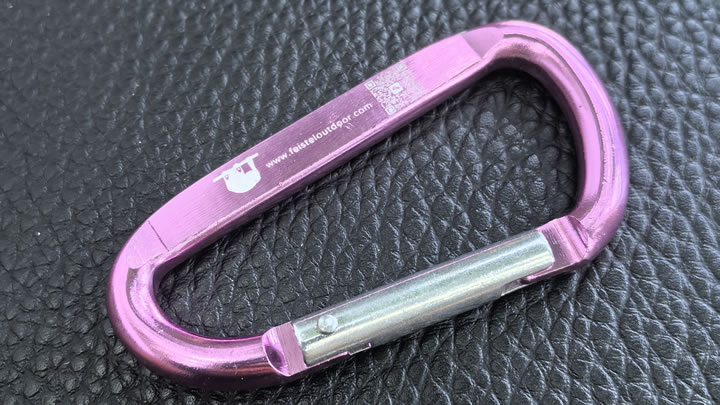Can a walking stick help with sciatica pain?
Sciatica pain, caused by compression of the sciatic nerve, often radiates from the lower back to the legs, limiting mobility. A walking stick can be a valuable tool for managing symptoms—but only when used correctly. This guide explores how and when a walking stick aids sciatica relief, along with practical tips for optimal results.

How a Walking Stick Eases Sciatica Pain
- Reduces Spinal Pressure:By redistributing 20–30% of body weight off the lower spine, a stick minimizes nerve compression during standing or walking.
- Improves Posture:Prevents slouching, a common habit that aggravates sciatic nerve irritation.
- Promotes Balanced Movement:Using the stick on the opposite side of the pain (e.g., right hand for left-side sciatica) corrects gait imbalances.
Step-by-Step: Using a Walking Stick for Sciatica
- Adjust the Height:Stand upright; the handle should align with your wrist crease, elbow bent at 15–20°.
- Choose the Correct Side:Hold the stick in the hand opposite the affected leg (e.g., right hand for left-leg pain).
- Walking Technique:Move the stick forward with your weaker/painful leg, maintaining a slow, steady rhythm.
- Sit-to-Stand Transitions:Lean on the stick to reduce lower back strain when rising from chairs.
Key Features for Sciatica-Friendly Walking Sticks
- Ergonomic Handle: Foam or contoured grips (e.g., Derby handle) reduce wrist and shoulder strain.
- Adjustable Height: Telescopic shafts (e.g., 32″–38″ range) adapt to posture needs.
- Shock-Absorbing Tips: Rubber or spring-loaded tips cushion impact on hard surfaces.
- Lightweight Material: Carbon fiber or aluminum (under 1 lb) prevents fatigue.
Top 3 Walking Sticks for Sciatica
- Drive Medical Adjustable Offset CanePros: Offset handle reduces spinal load, non-slip base.Best For: Daily use and posture correction.
- Hugo Mobility Quad CanePros: Quad base for maximum stability, 300-lb capacity.Best For: Severe sciatica with balance issues.
- Switch Sticks Shock Absorbing CanePros: Spring-loaded shaft eases nerve pressure, stylish designs.Best For: Active users needing joint protection.
When a Walking Stick Isn’t Enough
- Pair with Physical Therapy: Exercises like pelvic tilts or piriformis stretches address root causes.
- Heat/Ice Therapy: Reduces inflammation around the sciatic nerve.
- Posture Correctors: Combine with lumbar support belts for long-term relief.
Common Mistakes to Avoid
❌ Using the Stick on the Painful Side: Worsens imbalance and spinal strain.
❌ Incorrect Height: Forces leaning, increasing nerve compression.
❌ Over-Reliance: Prolonged use without strengthening exercises may weaken core muscles.
Expert Insights
Physiotherapists recommend:
- Using a stick during flare-ups but gradually reducing dependency as strength improves.
- Avoiding rigid, non-adjustable sticks that limit posture customization.
Final Verdict: A walking stick can significantly alleviate sciatica pain by offloading spinal pressure and improving posture. However, it’s most effective when combined with targeted exercises and ergonomic adjustments. Always consult a healthcare provider to tailor usage to your specific condition.






